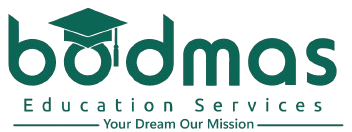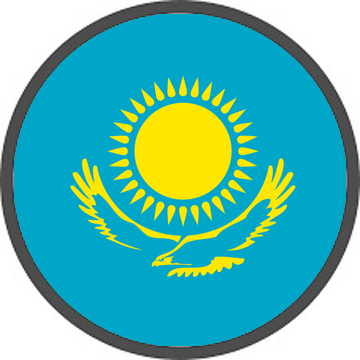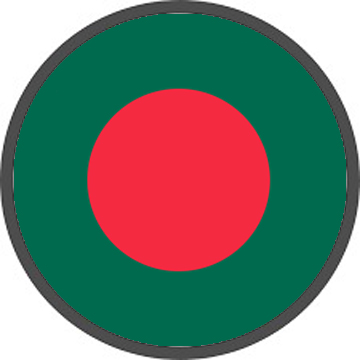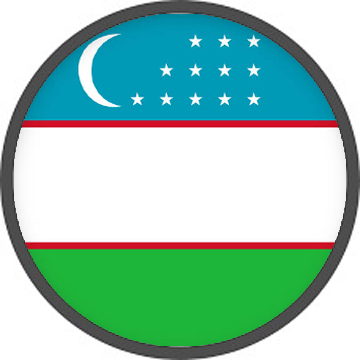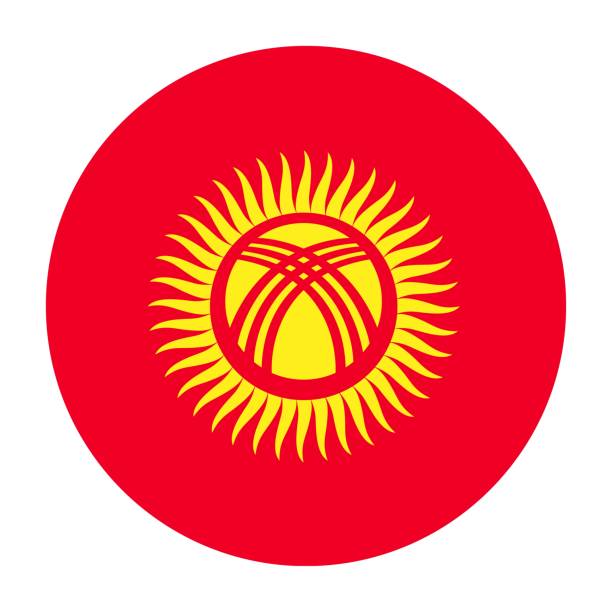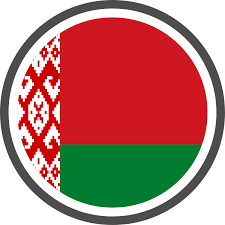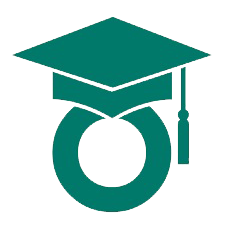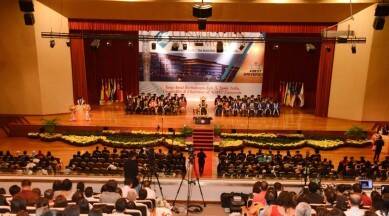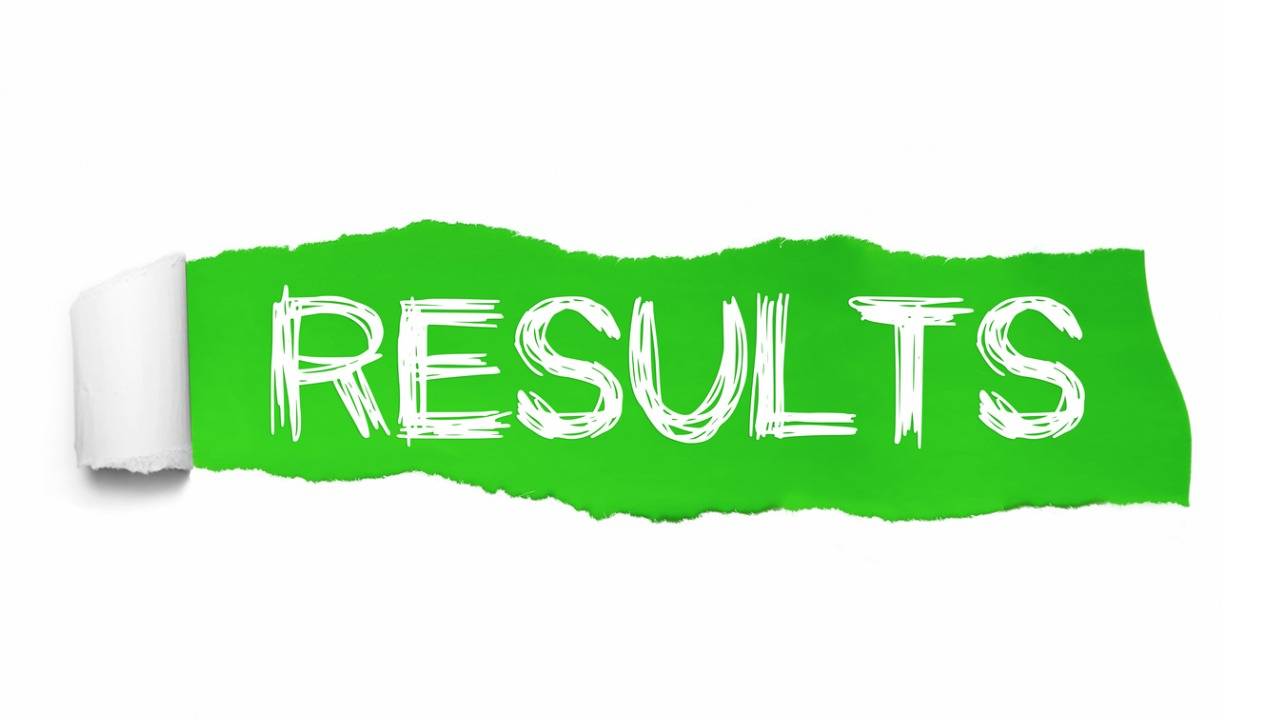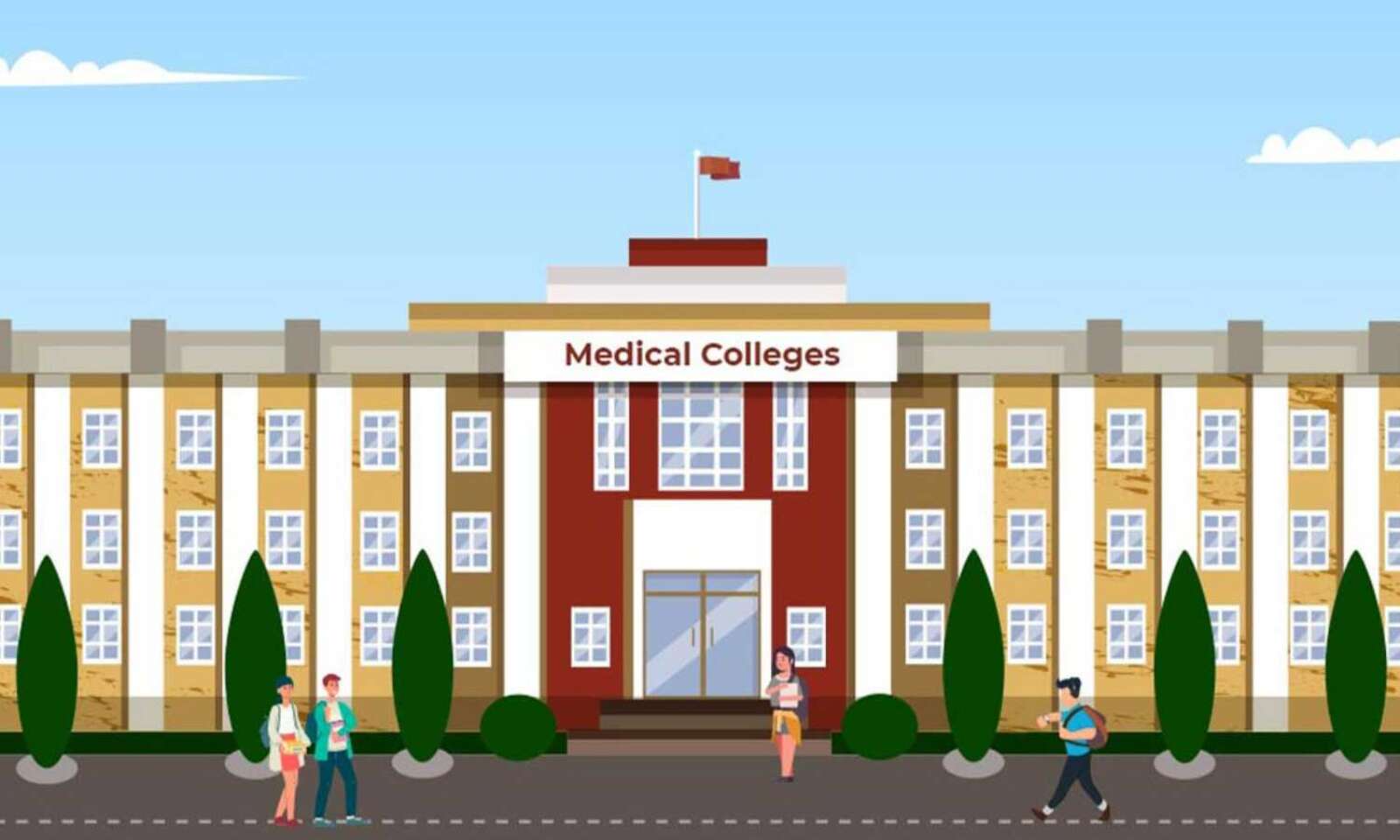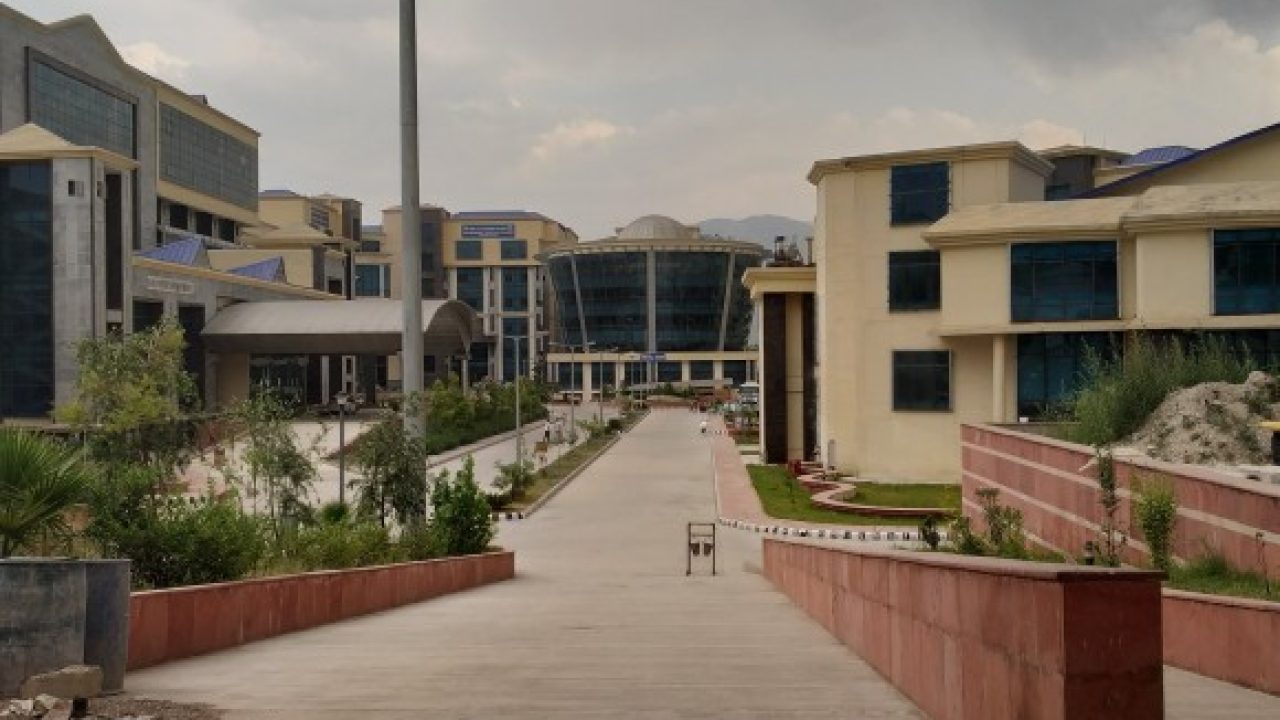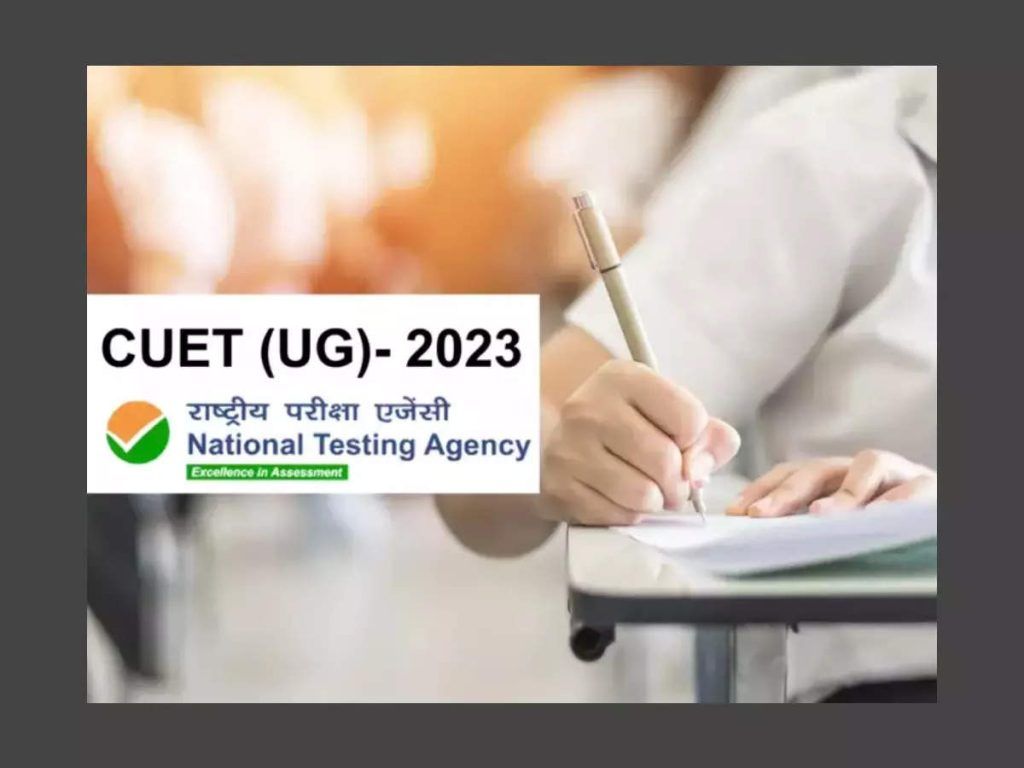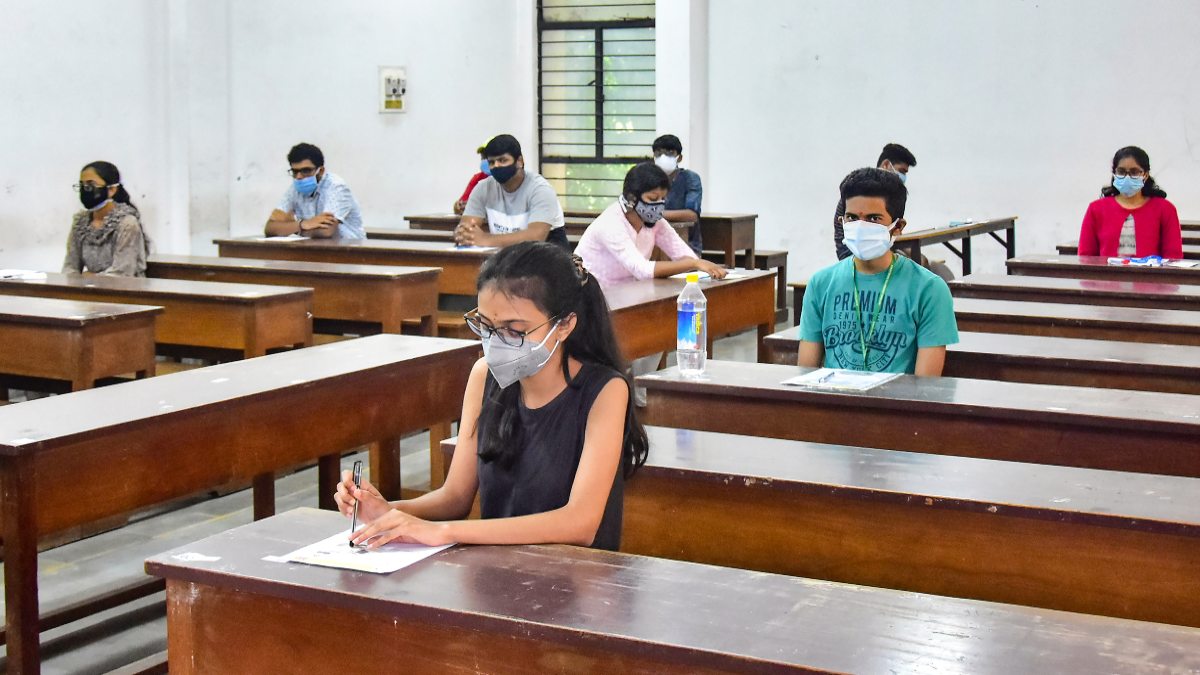NEET UG Score Mandatory to Study MBBS from Malaysia
In recent years, studying MBBS in Malaysia has grown in popularity among Indian medical students. Malaysia, the 45th most populous country in the world, is growing as a medical centre for Indian students seeking quality education and worldwide experience in medicine. Malaysia has become an appealing place for getting an MBBS degree due to its comparable culture and a burgeoning Indian diaspora. This article covers all you need to know about studying MBBS in Malaysia, including the eligibility requirements, course structure, admission process, required paperwork, tuition fees, medium of instruction, and recognised colleges.
Eligibility Criteria to Study MBBS from Malaysia
Candidates must meet the following criteria to be eligible to study MBBS in Malaysia:
- Candidates must have received at least a 50 percent on their class 12 exams in Physics, Chemistry, and Biology.
- Candidates must have passed the National Eligibility and Entrance Examination (NEET).
- Physics, Chemistry, and Biology should be the primary subjects in 12th grade.
- English proficiency is required of all candidates.
Course Structure to Study MBBS from Malaysia
In Malaysia, MBBS is a six-year programme that includes a one-year mandatory internship. The programme is designed to provide students with both theoretical and practical knowledge of medicine. It is crucial to note, however, that programme length may differ from college to college, and students should check the precise course structure of their chosen university.
Due to the COVID-19 pandemic, India’s National Medical Commission (NMC) mandated that foreign medical graduates (FMGs) who finished their fourth and fifth years online complete a two-year internship instead of one following their MBBS. The Supreme Court asked the Central Government to help FMGs resolve this issue in March.
Admission Process
The following steps are commonly involved in the admission process for pursuing MBBS in Malaysia:
- Select the preferred college and complete the application form.
- Upload the relevant documents, which include copies of mark sheets and passing certificates for classes 10 and 12, a migration certificate, a copy of the offer letter, and any additional documents specified by the Malaysian government’s foreign ministry.
- Keep the offer letter for future use.
- Once you receive the college’s offer letter, pay the applicable costs.
- To study in Malaysia, apply for a student visa.
Required Documents
Candidates applying for admission to MBBS programmes in Malaysia must provide the following documents:
- A copy of the passport.
- Copies of mark sheets and graduation certificates from classes 10 and 12.
- Certificate of migration.
- A copy of the offer letter.
- All additional documents listed by the Malaysian government’s foreign ministry.
Tuition Fees
Tuition expenses for MBBS studies in Malaysia vary depending on the institution and its reputation. The prices typically range between Rs 9 lakh and Rs 25 lakh per year (roughly). It is worth noting that the cost of living in Malaysia is roughly equivalent to that of India, ranging between Rs 15,000 and Rs 18,000 per month. The costs may vary depending on things such as accommodation, with university/college dormitories and room-sharing alternatives influencing the entire cost.
Medium of Teaching
While Malay is the official language of Malaysia, English is the medium of instruction for MBBS programmes in Malaysia. This is a huge benefit for Indian students because they can simply follow and grasp the course material because there are no language barriers.
Recognized Colleges
Malaysia is home to several reputable medical schools that provide MBBS programmes. Among the most prestigious colleges are:
- Asian Institute of Medicine Science and Technology (AIMST)
- Jeffrey Cheah School of Medicine and Health Sciences
- MAHSA University Faculty of Medicine
- Segi University, International Medical University
- Asian Institute of Medicine Science and Technology
- Perdana University

